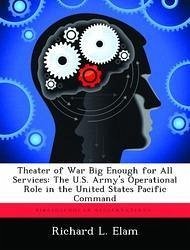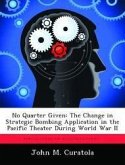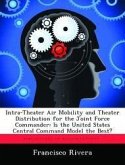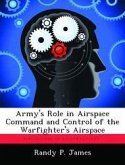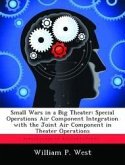Force reductions brought about by reduced spending will almost certainly take place in the near future. This has surfaced an old debate. The debate centers around the U.S. Army and the U.S. Marine Corps and their respective roles in the defense establishment. Many question the need for two ground force components. Since the Soviet threat in Europe is dissipating, the Army seems to be the service struggling for survival instead of the Marine Corps. Concurrently, the United States and the world seem to be taking a renewed interest in the Pacific region. The Pacific is becoming one of the strongest regions in terms of economic growth. It is also one of the most militarized regions of the world, possessing seven of the world's ten largest armies. The purpose of this monograph is to determine what should be the U.S. Army's operational role in a maritime theater, specifically the United States Pacific Command (USPACOM). In order to determine the Army's operational role in USPACOM, the paper seeks to answer two questions. First, what should operational art look like in USPACOM? Second, what criteria can be used to determine the Army's operational role in USPACOM? A review and analysis of current joint doctrine determines that operational art in a maritime theater is no different from any other theater. The operational operating systems outlined in TRADOC Pam 11-9 (DRAFT) are used as criteria to determine the Army's operational role in USPACOM. The conclusions show that the operational operating systems in TRADOC Pam 11-9 (DRAFT) are valid criteria for determining the operational role of any service. There are a host of functions that must be accomplished at the operational level of war and one service cannot accomplish them all. The paper concludes that the Army does have a viable and important operational role in USPACOM. In these times of shrinking resources, the CINC cannot afford to overlook assets of any particular service.
Hinweis: Dieser Artikel kann nur an eine deutsche Lieferadresse ausgeliefert werden.
Hinweis: Dieser Artikel kann nur an eine deutsche Lieferadresse ausgeliefert werden.

